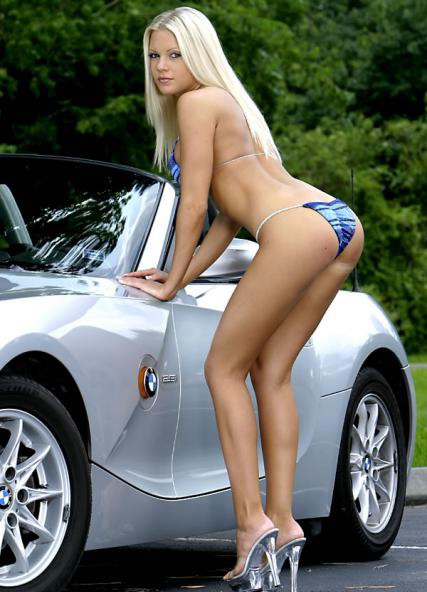 No one is better than Americans at blurring the lines between wants and needs, and the sudden upheaval in the car market is proof of that. In the past few months of this year, small-car sales have shot up, while sales of large SUVs and pickups have dropped sharply. American car buyers' needs haven't changed; consumers have just realized that they never actually needed those gas guzzlers in the first place. And now they're seeking ways to contain their fuel bills.
No one is better than Americans at blurring the lines between wants and needs, and the sudden upheaval in the car market is proof of that. In the past few months of this year, small-car sales have shot up, while sales of large SUVs and pickups have dropped sharply. American car buyers' needs haven't changed; consumers have just realized that they never actually needed those gas guzzlers in the first place. And now they're seeking ways to contain their fuel bills. They offered remarkable fuel economy, their window stickers promising as high as 53 mpg in the city and 58 mpg on the highway. The fourth-generation Swift (pictured here) isn't sold in the United States, and it isn't quite that easy at the pump, but it's the kind of car many Americans-especially those who are Suzuki dealers-could use right now. Luckily, an all-new fifth-generation model will return the Swift nameplate to the States in 2010 as a 2011 model.
They offered remarkable fuel economy, their window stickers promising as high as 53 mpg in the city and 58 mpg on the highway. The fourth-generation Swift (pictured here) isn't sold in the United States, and it isn't quite that easy at the pump, but it's the kind of car many Americans-especially those who are Suzuki dealers-could use right now. Luckily, an all-new fifth-generation model will return the Swift nameplate to the States in 2010 as a 2011 model.The current Swift has been on sale around the world since 2004. It's almost fourteen inches shorter than the new Honda Fit but more than two inches longer than a Mini Cooper. Four adults can ride comfortably, provided they don't have much luggage (there's not much room behind the rear seats). Because the Swift is a hatchback, its back seats fold down, creating a large, usable cargo space.
 has a meaty torque curve thanks to variable valve timing, and short gearing helps the Swift feel even quicker than its ten-second 0-to-60-mph time suggests. And unlike penalty-box economy cars of yore, it's not at all scary at its 115-mph top speed.
has a meaty torque curve thanks to variable valve timing, and short gearing helps the Swift feel even quicker than its ten-second 0-to-60-mph time suggests. And unlike penalty-box economy cars of yore, it's not at all scary at its 115-mph top speed.In fact, if there's one thing that the Swift is, it's fun. Driving it reminds you that light cars can have authentically light controls without the need for feedback-numbing assist systems tuned to overboost to compensate for a heavier vehicle's heft. It reminds you how much fun we
 used to have behind the wheel-how satisfying it was to rev the bejeezus out of a willing little four-banger; how exciting it used to be to drive at crazy high speeds like 75 mph; and how much fun it was to go forty miles on a single gallon of gasoline.
used to have behind the wheel-how satisfying it was to rev the bejeezus out of a willing little four-banger; how exciting it used to be to drive at crazy high speeds like 75 mph; and how much fun it was to go forty miles on a single gallon of gasoline.





 expected to feature a Nismo bodykit, GT-style wing, plastic windows, uprated brakes and tires, and a vented bonnet. The car is also rumored to be running a naturally-aspirated 4.5L VK45DE V8 engine instead of the
expected to feature a Nismo bodykit, GT-style wing, plastic windows, uprated brakes and tires, and a vented bonnet. The car is also rumored to be running a naturally-aspirated 4.5L VK45DE V8 engine instead of the 













